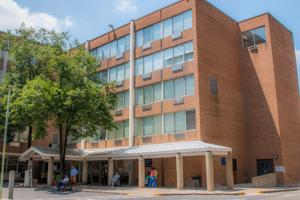The Vascular Medicine Center at Boston Medical Center offers comprehensive care, including minimally invasive techniques, from one of the most advanced multidisciplinary teams of specialists in the region. With minimally invasive procedures and treatments that lower treatment risks and shorten recovery, our goal is to save limbs and lives and improve the quality of life for all our patients.
Location and Contact
Vascular Medicine Center
Monday – Friday 8:30 a.m. to 4:30 p.m.
Related Departments and Clinics
Cirugía Vascular y Endovascular
Cardiovascular Center
Neurosurgery
Cirugía cardíaca
Interventional Radiology

Education and Training
BMC offers a vascular and endovascular surgery fellowship that provides trainees with a diverse and challenging clinical and surgical experience, supported by innovative didactic and research opportunities. This two-year fellowship includes both advanced endovascular techniques and complex open vascular surgery to ensure our trainees develop skills for whatever path they choose.
Explore the Program
Information You May Need
Billing and Insurance
Login to MyChart
Patient Information
 es
es 


 English
English Français
Français Deutsch
Deutsch Italiano
Italiano Tiếng Việt
Tiếng Việt Kreyol ayisyen
Kreyol ayisyen